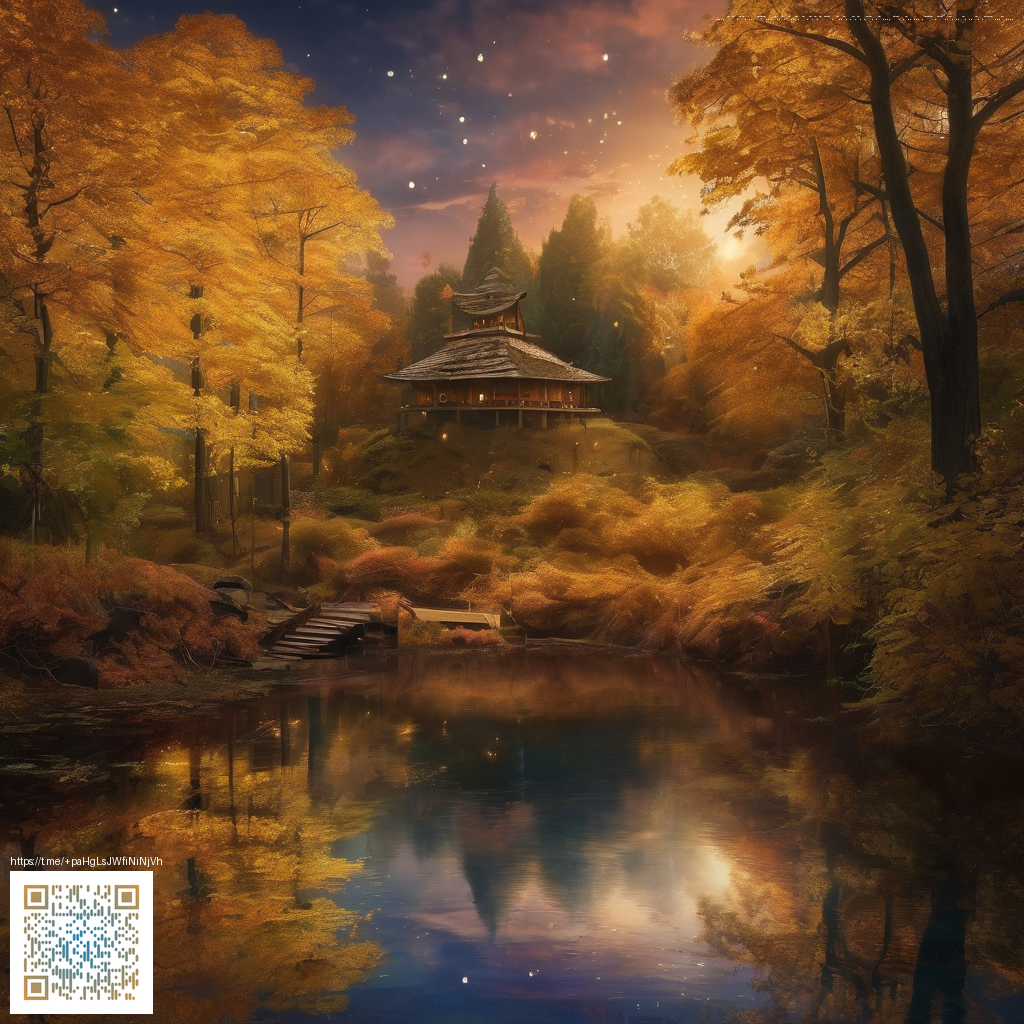
How to Use Dead Brain Coral in Minecraft Dungeon Builds
Dead Brain Coral adds a quiet but distinct texture to dungeon environments in vanilla Minecraft. This block is waterlogged by default and helps you create submerged ruins or eerie flooded corridors without relying on fancy lighting tricks. In recent updates the coral family has become a staple for scene building so you can craft authentic underwater vibes even in above water dungeons. Let us dive into practical ways to weave this block into your dungeon projects 🧱
Understanding the block and its vibe
Dead Brain Coral is a transparent block that works best when placed in water or on a waterlogged surface. It does not drop items in most harvest situations, so planning your resource use matters. The block can be stacked into subtle clusters along walls or ceilings to evoke ancient growths along a ruin wall. Its muted texture blends with stone bricks and mossy blocks to convey a sense of time and salt air in a drowned hall.
Dungeon design ideas using Dead Brain Coral
- Submerged crypt tunnels with a thin film of water on the floor and coral clusters lining the walls for texture
- Flooded cavern rooms that use coral as fossil like accents on pillars and archways
- Ruined aqueduct fragments where coral shelves hint at former water flow paths
- Ornate ruined churches or libraries that feel ancient and damp when coral forms irregular edge highlights
- Hidden doors behind coral lined alcoves that players must examine to unlock secret chambers
Building tips to maximize the coral aesthetic
- Place dead brain coral on stone brick walls to break up flat surfaces and suggest long decay periods
- Combine with sea lanterns or glow lichen to provide soft blue glow while keeping the mood moody
- Use waterlogged blocks strategically to create shallow pools that reflect light and draw attention to key corridors
- Vary the coral placement with irregular patterns rather than neat rows to mimic natural growth
- Pair with mossy materials and cracked stone brick for a weathered look that tells of storms and time
Lighting and atmosphere techniques
Lighting is crucial when you want the coral to shine as a texture rather than a bright focal point. Keep ambient light low and use pockets of light behind glass layers or behind fog like textures introduced by glass panes and slabs. The water effect helps filter light so you can achieve a damp glow that guides players through corridors without revealing every detail at once. If you want a stronger glow, place a couple of sea lanterns behind waterlogged blocks to create a soft halo around the coral clusters 🧭
Technical tricks for builders and map makers
For map makers who want to recreate submerged dungeons in overworld scenes, you can simulate water with carefully layered blocks and water source blocks to create shallow pools. The coral works well as a repeated texture across wide walls to imply ancient reef like growths that survived long beyond their time. If you are prototyping in creative mode, experiment with stacking coral at different heights to form jagged silhouettes that read clearly from a distance. Remember that coral textures can be subtle so small clusters often read better than large dense patches.
Modding culture and community creativity
Modders and texture pack artists have expanded how players think about underwater ruins. While Dead Brain Coral remains a vanilla decor tool, many builders rely on texture packs to push its color range and shading. Community packs often include additional coral variants and water effects that help you stage larger submerged dungeons. The shared practice of remixing underwater aesthetics keeps dungeon design fresh and exciting for players who enjoy both classic survival builds and exploration driven maps. The spirit of collaboration in the community shines brightest when seasoned builders mentor newcomers through quick tours of their favorite underwater ruins.
In a world where every corridor hints at lost depths, a careful cluster of coral conveys old stories with minimal effort and maximum mood
Whether you are crafting a sunken crypt under a ruined tower or a damp dungeon corridor that players must swim through, Dead Brain Coral offers a versatile texture that blends with stone and light. It is a reminder that even the quietest elements can carry a strong sense of place when placed with intention and care. As you plan your next dungeon build, keep in mind how the waterlogged nature and the soft light filtering through the block can guide players and invite exploration. The result is a space that feels alive with history without shouting for attention. 🌊
Support Our Minecraft Projects